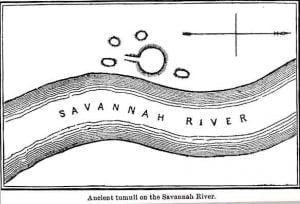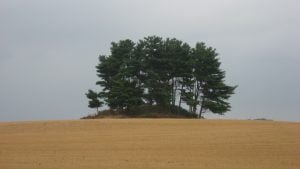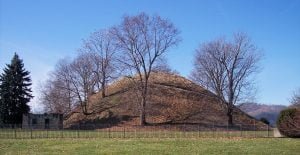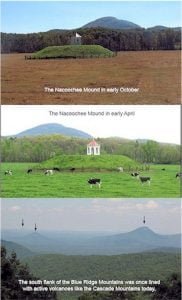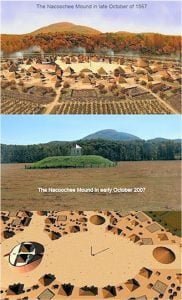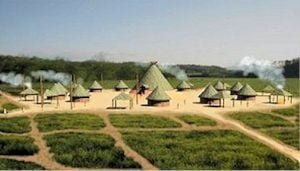Big Gopher and Boynton Mound Complexes
The immensely rich archaeological heritage of South Florida is little known outside the southern tip of the Florida Peninsula. Perhaps least known are the large town sites east of Lake Okeechobee. Several have been studied by professional archaeologists and the large town sites are all now protected by some form of public ownership. The 143 acre Big Mound City and 12 acre Big Gopher Archaeological Zones are located in central Palm Beach County, Florida. They are ten miles east of Canal Point, in the J.W. Corbett Wildlife Management Area. Nearby Big Gopher is one of the best-preserved earthwork sites in … Read more

